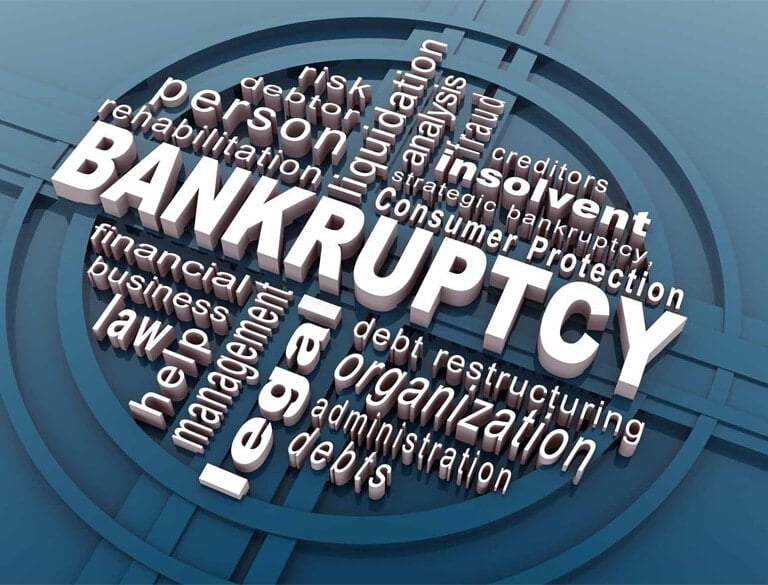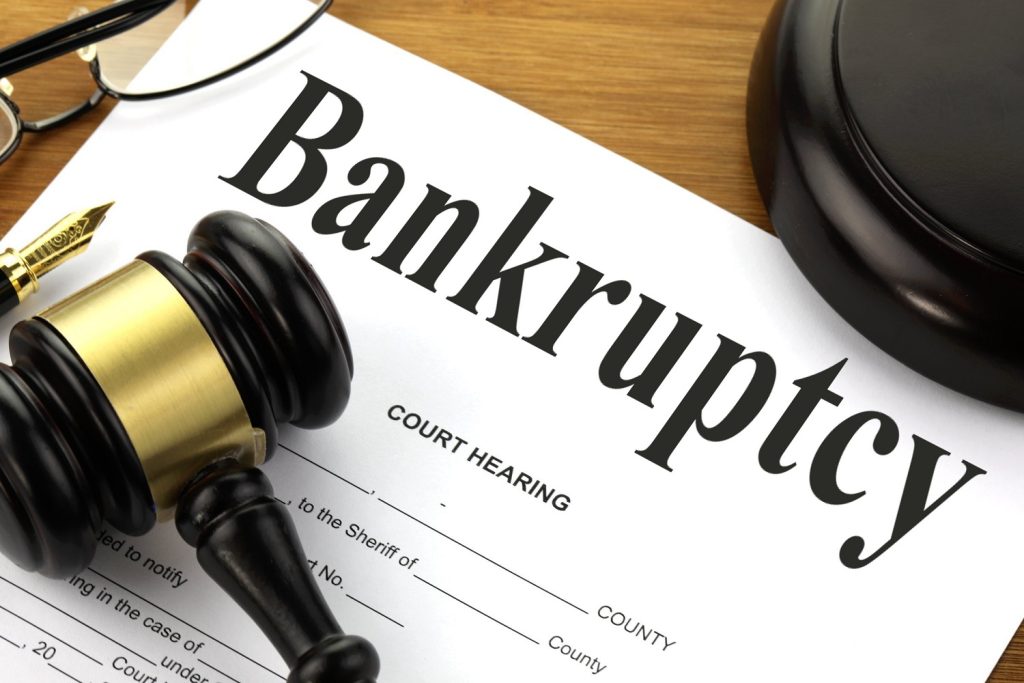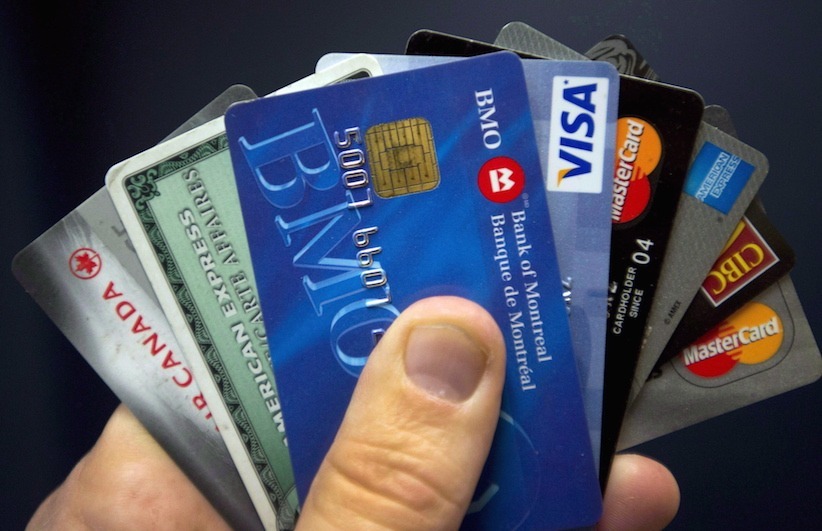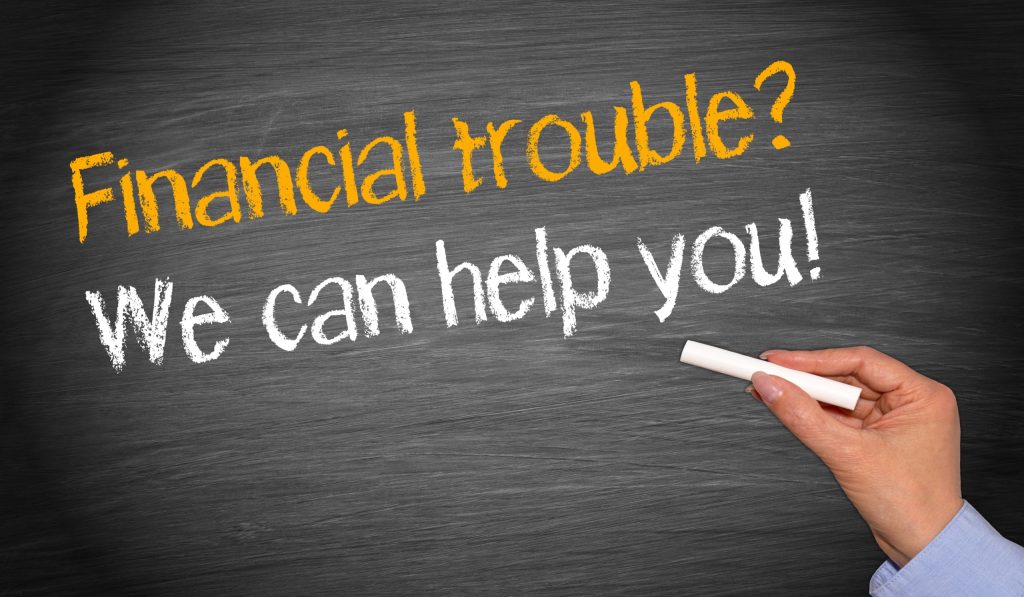In a world where financial uncertainties can loom unexpectedly, understanding the bankruptcy process becomes crucial for those facing insurmountable debt. In Canada, the bankruptcy process is a structured legal pathway designed to provide individuals with a chance for financial redemption. In this guide, we will delve into the intricacies of filing for bankruptcy, offering insights into eligibility criteria, required documentation, the pivotal role of a Licensed Insolvency Trustee (LIT), the impact on credit scores, the types of debts excluded from the process, and the steps involved in achieving discharge.
Who is Eligible For Bankruptcy in Canada
Before embarking on the bankruptcy journey, it’s essential to grasp who qualifies for this financial remedy. In Canada, individuals who are unable to meet their debt obligations and owe at least $1,000 are eligible to file for bankruptcy. This process is particularly suitable for those facing overwhelming debt, providing a structured approach to regain financial stability.
Required Documentation
Filing for bankruptcy involves a meticulous documentation process. Individuals seeking bankruptcy protection must compile a comprehensive list of their assets, liabilities, income, and monthly living expenses. This documentation serves as the foundation for the bankruptcy proceedings, aiding in the assessment of the individual’s financial situation and determining the best course of action.
The Role of a Licensed Insolvency Trustee: Guiding Financial Resurrection
At the heart of the bankruptcy process stands the Licensed Insolvency Trustee (LIT), a licensed professional appointed to oversee the proceedings impartially. The LIT plays a pivotal role in evaluating the individual’s financial situation, ensuring adherence to legal requirements, and acting as a mediator between the debtor and creditors. Their expertise is instrumental in guiding individuals through the complexities of bankruptcy, offering a lifeline towards financial resurrection.
The Effect on Your Credit
Entering the realm of bankruptcy inevitably impacts one’s credit score. While it may experience a temporary decline, the bankruptcy process is designed to provide a fresh start. Understanding the nuances of this impact on credit is crucial for individuals, allowing them to plan and rebuild their financial standing strategically.
What Debts are Excluded
Not all debts are created equal in the eyes of bankruptcy. Certain obligations, such as secured debts and government debts, may not be fully discharged through bankruptcy. Unraveling the intricacies of excluded debts is essential for individuals seeking clarity on the limitations of this financial remedy.
The Process to be Discharged from Bankruptcy in Canada
Achieving discharge from bankruptcy marks the culmination of the process, signifying a new beginning for the individual. This section explores the conditions and steps involved in obtaining discharge, shedding light on the timelines and responsibilities individuals must adhere to on their journey to financial recovery.
In navigating the bankruptcy process in Canada, knowledge becomes a powerful ally. This comprehensive guide aims to illuminate the path, offering individuals the insights needed to make informed decisions and embark on a journey towards financial resurgence.









